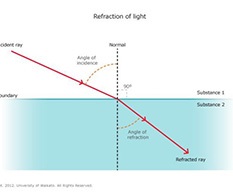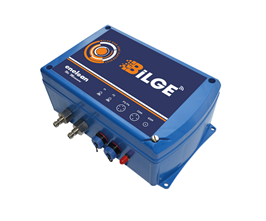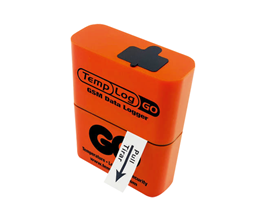Devices that can measure the concentration of the liquid being measured and the amount of solute in it are refractometers. When light passes from one transparent medium to another transparent medium, it deviates from its path (changes direction). This phenomenon is called the diffraction of light. The diffraction of light varies with the density of the medium. Concentration determinations made using this event are called refractometry, and the instruments used for this purpose are called refractometers. Refractometers used for different purposes such as Honey Refractometer, Milk Refractometer, Alcohol Refractometer, Antifreeze Refractometer, Salinity Refractometer are optical instruments.
Refraction is a term of Latin origin and its closest Turkish equivalent is "refraction". As we use many Latin-origin words, we quote from English and pronounce it as it is read in French (application = application, orientation = orientation, etc.). Its explanation can be summarized as the deflection, or refraction, of the path of light as it passes from one transparent medium to another transparent medium. The effective law of physics here is the fact that the speed of light will be different in environments of different densities. Using this rule, we call the devices that directly output the density, concentration or Brix value as a refractometer.

The picture above gives the breakup. It is called deterioration related to the decrease in the figures of the loss. A visual photograph is also provided. It should be noted that the figure above (in the air) is described more narrowly than it is shown above. This photo shows refracted light refraction and reflection.






